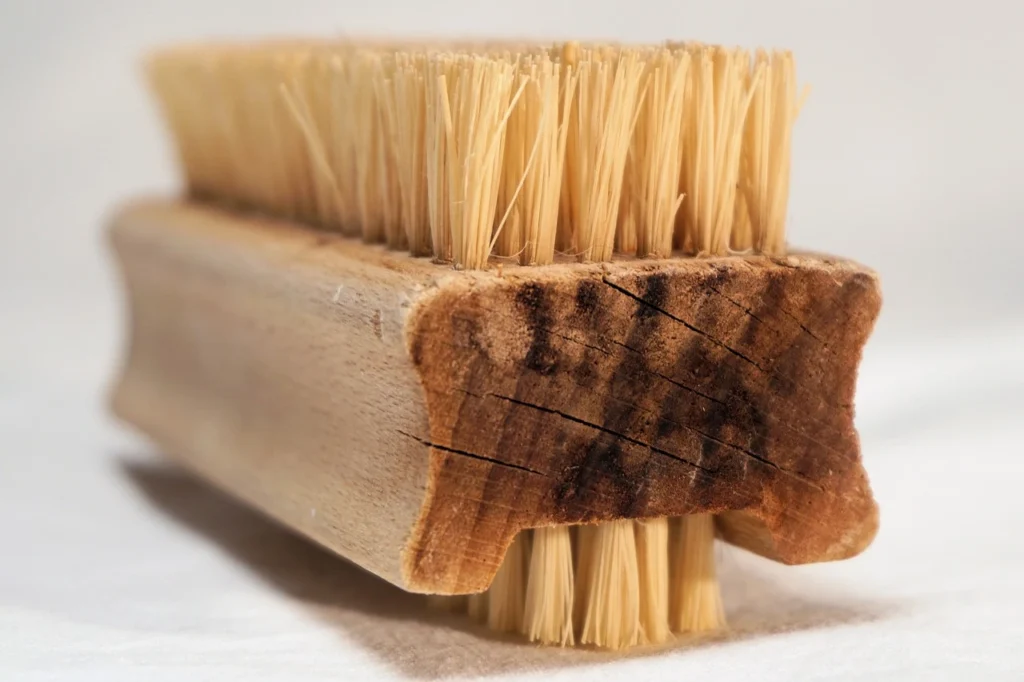
Maintaining a clean kitchen is essential for both food safety and efficient meal preparation. Knowing what is the proper method for cleaning dirty utensils helps ensure that all tools and surfaces stay free from bacteria, grease, and food residues.
In this article, we will discuss the proper technique of cleaning dirty utensils, with emphasis on how to best wash, dry and store the utensils. So let's find out what is the proper method for cleaning dirty utensils.
The first step in what is the proper method for cleaning dirty utensils is pre-rinsing. Pre-rinsing serves to get rid of loose food more effectively so that it becomes easier to scrub off baked-on deposits when it comes to washing. Pre-rinse using the following approach:
This is done to decrease the amount of scrubbing that is required and to keep all food debris from filling up your dish sponge or brush.

Pre-Rinse the Utensils
If there is food residue or grease that’s hard to remove, soaking is the next part of what is the proper method for cleaning dirty utensils. Soaking helps as well in removing food residues that stick on dishes:
This is useful when there are items that tend to have “baked on” food after use, such as – a spatula, ladle or knife.
The next step in what is the proper method for cleaning dirty utensils involves thoroughly scrubbing each utensil. Put a little dish soap on the brush or the sponge.

Scrub Thoroughly with a Dish Brush or Sponge
Scrubbing is important in ensuring that all the utensils are free from bacteria and can be used again safely.
After scrubbing, the next step in what is the proper method for cleaning dirty utensils is rinsing with hot water. Hot water is useful in rinsing off the remaining soap and any food residue inside:
Be well disciplined when rinsing these types of utensils as soap deters the cleaning of other food when the utensils are used next time.
Proper drying is essential in what is the proper method for cleaning dirty utensils to prevent bacterial growth. Moisture can attract bacteria, making it crucial to ensure each utensil is thoroughly dry:
This is especially important with wooden spoons or spatulas because the moisture absorbed causes the wooden spatula to warp and split over time.
Sanitizing is an extra step in what is the proper method for cleaning dirty utensils that enhances cleanliness and safety. Filling a bucket with hot water and adding a little bleach liquid (maximum 1 tbsp to 1 gallon of water) is advisable.
This is not mandatory after every use. Otherwise, bacteria that may remain and are hard to see are gotten rid of by this process:
Proper storage is the final part of what is the proper method for cleaning dirty utensils. Storing utensils correctly keeps them clean and ready for future use:
They are helpful to prevent dust from getting on them, while also making sure the stored items are in good shape and ready for use in your next cooking.
Now that we know what is the proper method for cleaning dirty utensils, let’s look at some common mistakes to avoid:
Avoiding these mistakes helps ensure that utensils are properly cleaned and safe to use in food preparation.
Understanding what is the proper method for cleaning dirty utensils is crucial for maintaining a safe and healthy kitchen environment. To prevent cross-contamination and food-borne illness, as well as to achieve quality food preparation, clean utensils are paramount. Under these cleaning procedures, all kitchenware and equipment will be properly maintained, ensuring their availability whenever required.
Cleaning techniques/ practices come in handy in ensuring that the utensils are preserved for future use in a decent state. Cleaning utensils thoroughly, that is, washing, rinsing, drying, and sanitizing also helps in maintaining the kitchen which is an added advantage beneficial to cooking as well as to health.
In conclusion, knowing what is the proper method for cleaning dirty utensils is essential for every home cook. Kitchen health can also be achieved easily and simply by carrying out empty interventions including rinsing, soaking, scrubbing, rinsing, dry, sanitising and shelving the implements in the appropriate cabinets.
The provided measures eliminate damaging practices when cleaning therefore utensils remain in good condition, hence a safe cooking environment for you and your family.
It is also recommended that these cleaning regimes take a few more minutes of your spare time for better hygiene in the kitchen and hence clean safe meals. Clean utensils for every meal make a difference not only in the quality of food but also in the comfort available while preparing those meals.